
Blood clot in the lung is a medical condition also known as pulmonary embolism. It occurs when a blood clot (thrombus) clogs the artery that supplies blood to the lungs and prevents exchange of oxygen and carbon dioxide.
The blood clot usually comes from a vein in the leg and it reaches the lungs via the circulatory system. Pulmonary embolism is a medical emergency as it may result in permanent lung damage due to decrease in oxygen-rich blood supply to the lungs. Drop in oxygen levels can also gradually damage the rest of the body organs.
Blood clots in the lungs are usually small and not life threatening. However, if the blood clot is large, it completely stops blood flow to the organ and may cause death. Here we will explain causes, symptoms and treatment of blood clot in the lung.
Causes of Blood Clot in the Lung
Pulmonary embolism is in most cases a complication of deep vein thrombosis (DVT). This medical condition occurs due to formation of blood clots in deep veins of the legs or arms. When a blood clot in legs breaks loose, it travels in the bloodstream and may end up in the lung. A blood clot that forms in one part of the body and travels to another part of the body via bloodstream is known as an embolus and the process is called embolism.
Risk factors for pulmonary embolism include prolonged periods of inactivity, damage to vessel wall due to surgery involving the lower legs or abdomen, use of birth control pills or hormone therapy, pregnancy, childbirth, smoking and diseases like cancer, heart failure and stroke. Obesity, leg or hip fractures and genetic predisposition can also lead to pulmonary embolism.
Symptoms of Blood Clot in the Lung
Pulmonary embolism is associated with sudden onset of chest pain and shortness of breath. Wheezing and cough that produces bloody sputum are present too. Pulmonary embolism is also accompanied by elevated heart rate or palpitations, weak pulse, rapid breathing, low blood pressure and dizziness. Finally, the condition causes swelling in the legs, excessive sweating, clammy skin, anxiety and lightheadedness or fainting. Treatment for Blood Clot in the Lung
Treatment for pulmonary embolism is determined by the size of the blood clot, its location and associated complications. Initially, the treatment aims to thin the blood and prevent formation of more clots. This is called anticoagulation therapy and involves medications like warfarin and heparin.
Thrombolytics (clot dissolvers) are used only in emergency situations as they may cause severe bleeding. Clot removal procedures and surgery can be used in patients who do not tolerate anticoagulation therapy.


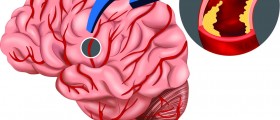

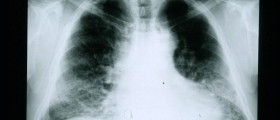

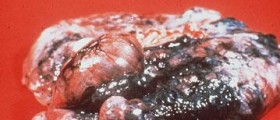






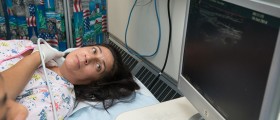
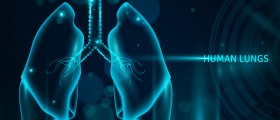


Your thoughts on this
Loading...